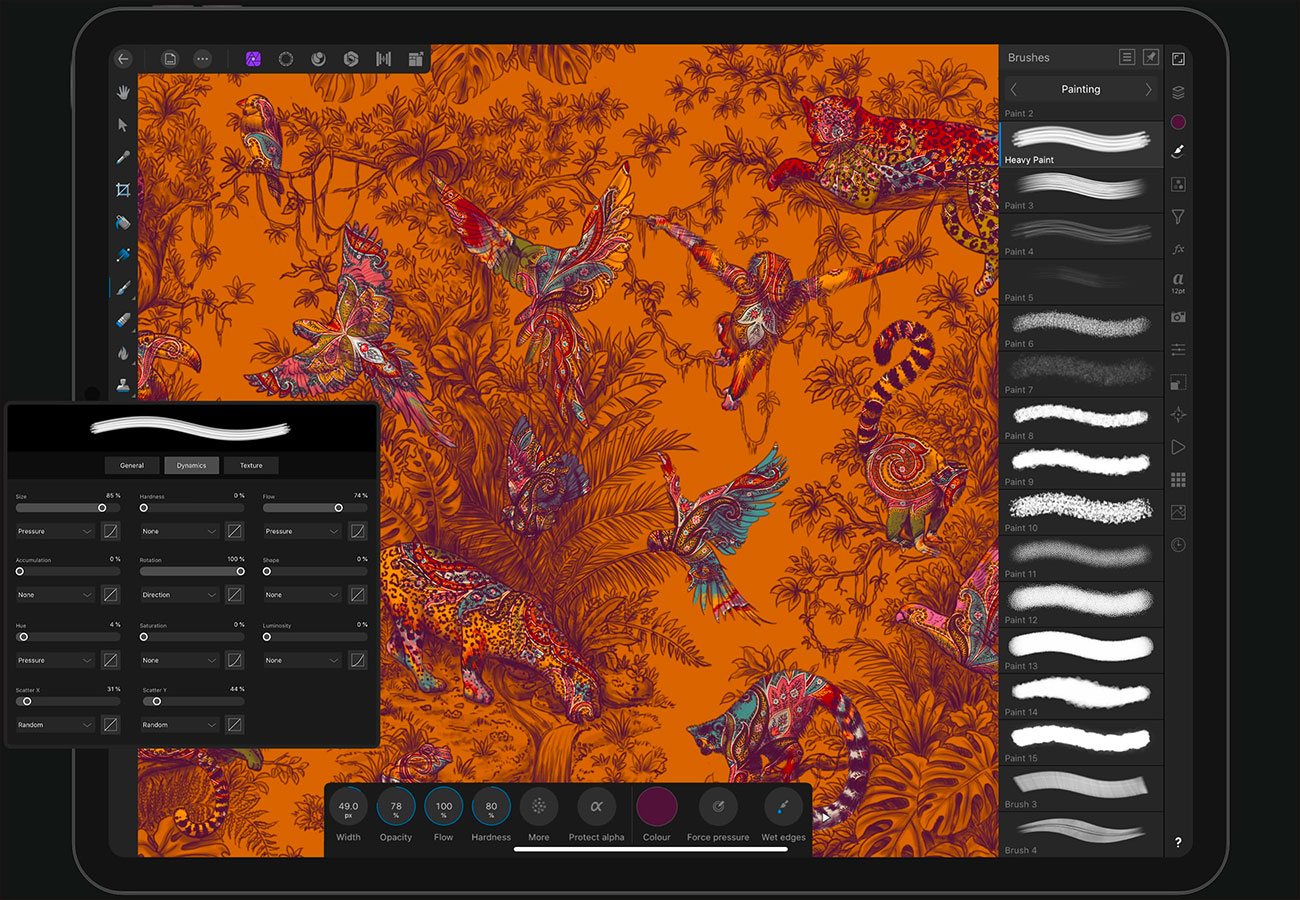How to design for the music industry: 4 expert tips

Whether you're designing for a local artist or a super-star singer, creating designs to represent musicians can be a rewarding yet challenging job. How do you put across the feeling of a piece of music in a design? How do you begin to approach designing for a song? And how do you promote yourself in an ever-competitive environment?
To find out, we spoke to Neil Whitman, who has designed for The Rolling Stones, Frank Sinatra, Nat King Cole and James Blunt, among others. Read on to discover his top tips.
01. Don't be afraid to experiment
"What I love about designing music videos and promos is that there are less restrictions than other design jobs," says Whitman. "The music industry is a vibrant and creative hub and so designers are encouraged to be experimental and come up with fresh ideas that complement the music." And of course, as each project is different, they all require fresh ideas and a fresh approach.
Experimentation on one project can help inform the next, but you should never stop learning new skills, says Whitman. "There is always a new technique you can learn so keep experimenting and making stuff. There is a wealth of tutorials online so be creative and focus on an area that you really enjoy." After all, if you don't enjoy it, you won't get very far.
Animation, which Whitman specialises in, is especially time-consuming. "Animation can take hours of your life that you will never get back so you’ve really got to love what you do to make your mark," he says.
02. Learn the right software

With unique capability to switch between vector and raster, and a fully-loaded iPad app which matches the Mac/PC versions, Affinity Designer is a one-stop-shop for amazing creativity, with 50% off until 20 June.
Learning the right software is key to any area of design, and designing for music is no different. If you're creating music videos, you'll need to get to grips with 3D software and animating tools, but you'll also need photo editing and design software, which is where Serif's Affinity Designer, Affinity Photo and Affinity Publisher can help.
"For photo editing I am a huge fan of Affinity Photo. For a one-off fee it allows me to do picture manipulations and cutting out objects before I start animating without paying a costly monthly subscription," says Whitman.
03. Pin down the idea early
Working in the music industry means you'll have clients, just like with any other design job, and depending on what you're creating, you'll also need to develop your own set process for dealing with briefs. For Whitman, each project begins with a song sent over from a record company, which he has to create a visual concept for.
"Sometimes they have a vision of what they are looking for or they send over the album artwork to help inspire or steer me. I usually listen to the song multiple times in isolation and jot down ideas, keywords and possible themes as it plays through," he says.
"Once familiar with the track, I put together a video treatment document to share my design ideas with management. This document includes a brief synopsis of what will be seen, reference videos, colour palettes and mood boards.
"This might seem like a lot of work for one individual video however record companies regularly expect a fast turnaround. Animation is notoriously a lengthy process so it’s extremely important to pin down the idea as soon as possible as you rarely get a second chance to do it over again."
04. Make a showreel
If you're mainly designing for print, creating posters and album designs, then you'll want to showcase your work in a portfolio, but if you are mostly working in animation, then creating a showreel is key.
Your showreel should be no more than two minutes long, advises Whitman. "Start with your most impressive projects and only use the good bits," he says. "Record companies want to see what you can do for them so all the enthusiasm in the world won’t help unless you can back it up with evidence of how good your designs are.
If you're just starting out, that doesn't mean you can't create a showreel. "If you don’t have much work to put in a reel, mock some up or do a freebie for a local band – it’s all good practice," says Whitman.
Daily design news, reviews, how-tos and more, as picked by the editors.

Rosie Hilder is Creative Bloq's Deputy Editor. After beginning her career in journalism in Argentina – where she worked as Deputy Editor of Time Out Buenos Aires – she moved back to the UK and joined Future Plc in 2016. Since then, she's worked as Operations Editor on magazines including Computer Arts, 3D World and Paint & Draw and Mac|Life. In 2018, she joined Creative Bloq, where she now assists with the daily management of the site, including growing the site's reach, getting involved in events, such as judging the Brand Impact Awards, and helping make sure our content serves the reader as best it can.
